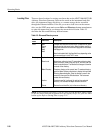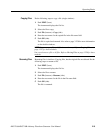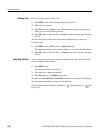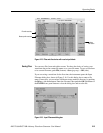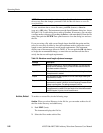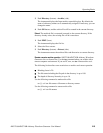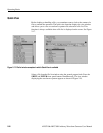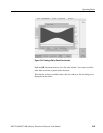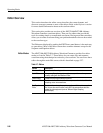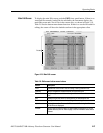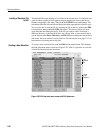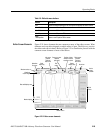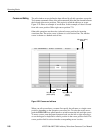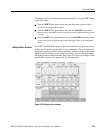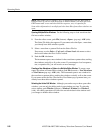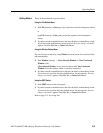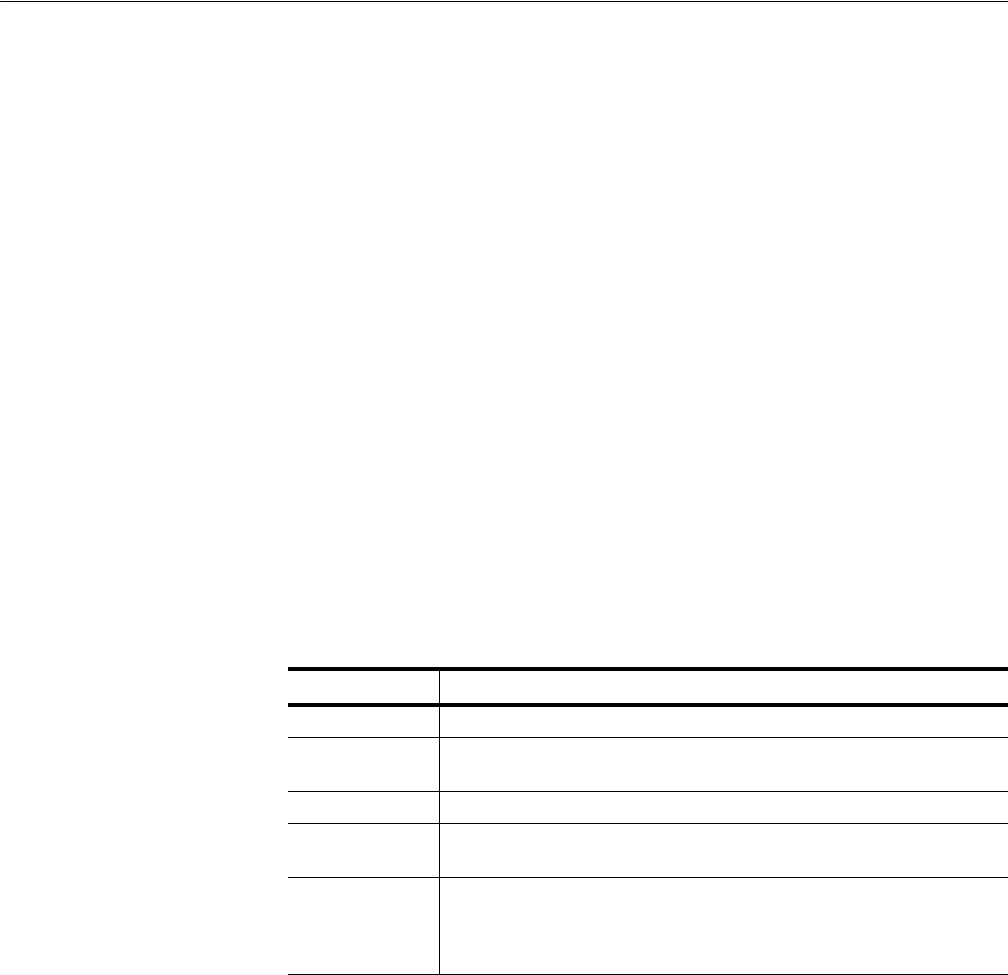
Operating Basics
2-26 AWG710&AWG710B Arbitrary Waveform Generator User Manual
Editor Overview
This section introduces the editor screen, describes the screen elements, and
discusses concepts common to most of the editors. Refer to the Reference section
for more detailed information about each waveform editor.
This section also provides an overview of the AWG710&AWG710B Arbitrary
Waveform Generator waveform editors. There are five editors that provide the
tools for creating simple or complicated waveforms. Having more than one editor
allows you to create waveforms using your preferred method or the one best suited
to the waveform type.
The Edit menu, displayed by pushing the EDIT front–panel button, is the main way
to open editors. Most of the editor screens have common elements except for the
Sequence and Equation editors.
Editor Modes
The AWG710&AWG710B Arbitrary Waveform Generator provides five editor
modes, as listed in Table 2-7. These editors let you create, edit, and sequence
waveforms using the technique best suited to your waveform. You can access these
editors through the main Edit screen, which is described on page 2-27.
Table 2-7: Editors
Editors Description
Waveform Editor Creates and edits analog waveforms.
Quick Editor Lets you modify and/or output, in real time, any part of a waveform you are
currently editing with the Waveform Editor.
Pattern Editor Creates and edits digital waveform patterns.
Sequence Editor Creates and edits tables that define the sequence and control conditions for
outputting one or more waveforms.
Text/Equation
Editor
Creates, edits, and compiles equation waveform definitions into a waveform
file. You can also use this editor to edit ASCII–format waveform data files
created by other equipment (such as Tektronix Digital Sampling
oscilloscopes).



